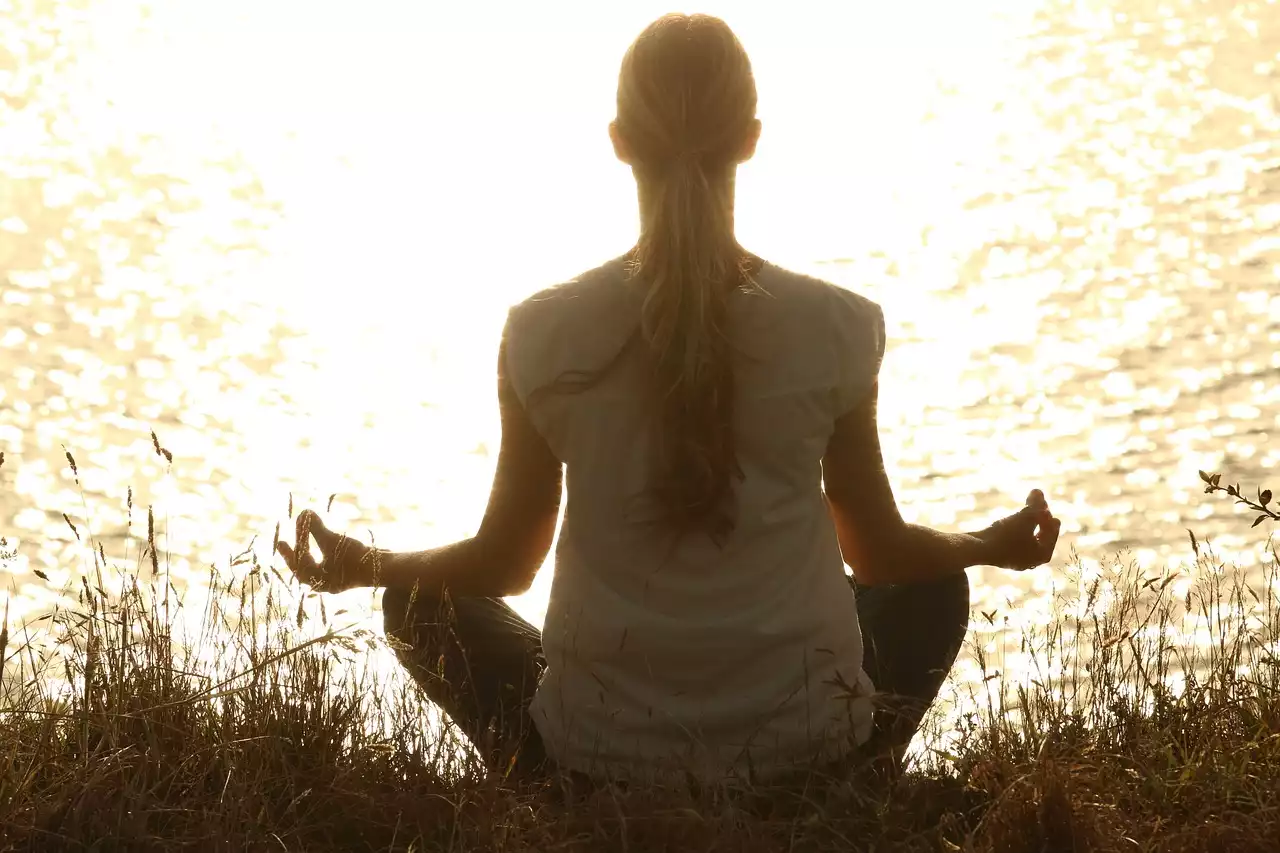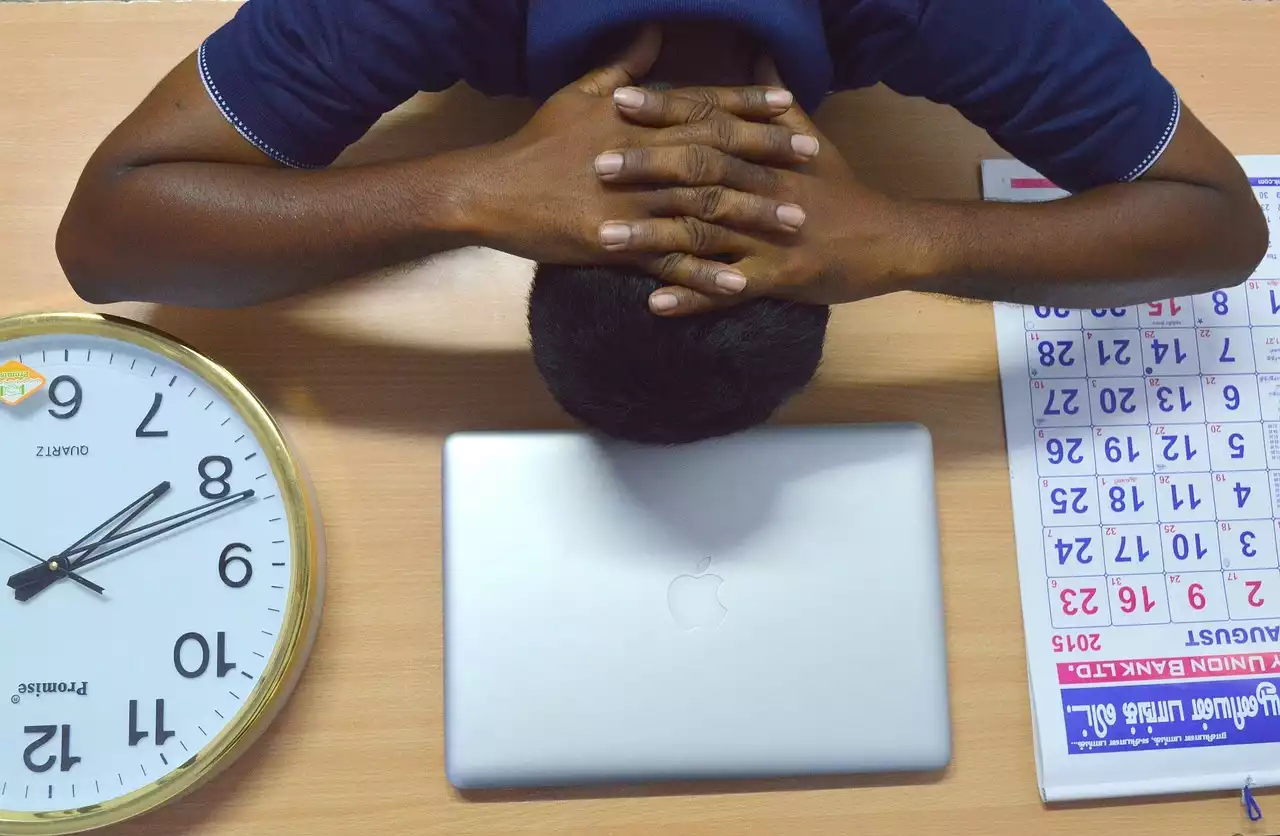Understanding Stress and Its Effects
Stress is a natural response to situations that require our attention and action. However, when stress becomes chronic, it can have serious negative effects on our physical and mental health. Chronic stress has been linked to a range of health problems, including cardiovascular disease, diabetes, and depression. It can also impact our relationships, work performance, and overall quality of life.
The good news is that there are steps you can take to manage and reduce stress, and one of the most effective ways to do this is by creating a stress-free environment at home. When your home is a place of peace and relaxation, you can recharge, refocus, and better handle the challenges of daily life.
Benefits of a Stress-Free Home Environment
Creating a stress-free environment at home offers a range of benefits for your health and well-being. When your home is a peaceful sanctuary, you can:
- Reduce stress: A stress-free environment can help you unwind and relax, reducing the impact of stress on your mind and body.
- Improve sleep: A calm and peaceful home can promote better sleep, which is essential for your physical and mental health.
- Boost creativity: When your home is a place of peace and tranquility, your mind is free to wander and explore, leading to increased creativity and productivity.
- Enhance relationships: A stress-free home environment can improve communication and foster stronger relationships with family and friends.
- Increase happiness: When your home is a place of peace and tranquility, you'll feel happier and more content, improving your overall quality of life.
Tips to Create a Stress-Free Home Environment
Creating a stress-free environment at home is all about making small changes that add up to a big impact. Here are some practical tips and tricks to help you turn your home into a peaceful oasis.
Decluttering and Organization
One of the most effective ways to reduce stress at home is by decluttering and organizing your space. A cluttered and disorganized home can be overwhelming and stressful, making it difficult to relax and unwind. Here are some tips to help you declutter and organize your home:
- Start small: Tackle one room or area at a time, rather than trying to declutter your entire home all at once.
- Get rid of what you don't need: Donate or sell items that you no longer use or need, and throw away anything that is broken or damaged.
- Use storage solutions: Invest in storage solutions, such as baskets, shelves, and containers, to help keep your home organized and clutter-free.
Incorporating Relaxation Techniques
Incorporating relaxation techniques into your daily routine can help you reduce stress and promote a sense of calm at home. Here are some relaxation techniques to try:
- Meditation: Set aside a few minutes each day to meditate and focus on your breath. This can help you reduce stress and promote a sense of calm.
- Yoga: Practicing yoga can help you reduce stress and anxiety, while also improving your strength and flexibility.
- Deep breathing: Taking deep breaths can help you relax and reduce stress, especially when you're feeling overwhelmed.
Promoting Healthy Habits
Creating a healthy home environment can also help reduce stress and promote well-being. Here are some healthy habits to incorporate into your daily routine:
- Eating well: A healthy diet can improve your physical and mental health, giving you more energy and reducing stress.
- Exercise: Regular exercise can help reduce stress and improve your overall health and well-being.
- Getting enough sleep: Aim for 7-8 hours of sleep each night to help reduce stress and promote better physical and mental health.
Encouraging Open Communication and Setting Boundaries
Open communication and clear boundaries can also help reduce stress and promote a more peaceful home environment. Here are some tips to help you encourage open communication and set boundaries:
- Schedule family meetings: Set aside time each week to discuss any issues or concerns and work together to find solutions.
- Set clear boundaries: Establish clear boundaries with family members and roommates to prevent conflicts and reduce stress.
Designing a Calming Space
The colors, scents, and decor in your home can also impact your mood and promote relaxation. Here are some tips for designing a calming space:
- Use calming colors: Colors like blue, green, and lavender can promote relaxation and reduce stress.
- Incorporate plants: Plants can improve air quality and promote a sense of calm and well-being.
- Use calming scents: Essential oils like lavender, chamomile, and peppermint can help promote relaxation and reduce stress.
Creating a Routine and Schedule
Finally, establishing a routine and schedule can help reduce stress and promote a sense of order and calm at home. Here are some tips to help you create a routine and schedule:
- Set a consistent bedtime: Going to bed and waking up at the same time each day can help regulate your circadian rhythm and promote better sleep.
- Schedule downtime: Make sure to schedule time for leisure activities, such as reading, watching TV, or spending time with friends and family.
- Use a planner: A planner can help you stay organized and on track, reducing stress and promoting a sense of order.










